Volterra – The Etruscan city
Share
Volterra, is a town in the province of Pisa, is not far from Florence, Siena and San Gimignano; known above all for its Etruscan origins and for the numerous archaeological finds belonging to the Villanovan era.
“Velathri”, Etruscan name of Volterra, was one of the 12 most important cities of the Etruscan confederation. At the end of the 4th century BC the construction of the 7300-meter-long wall was completed, designed to protect not only the town and the urban center, but also the sources, fields and pastures, to defend them from incursions by foreign enemies.
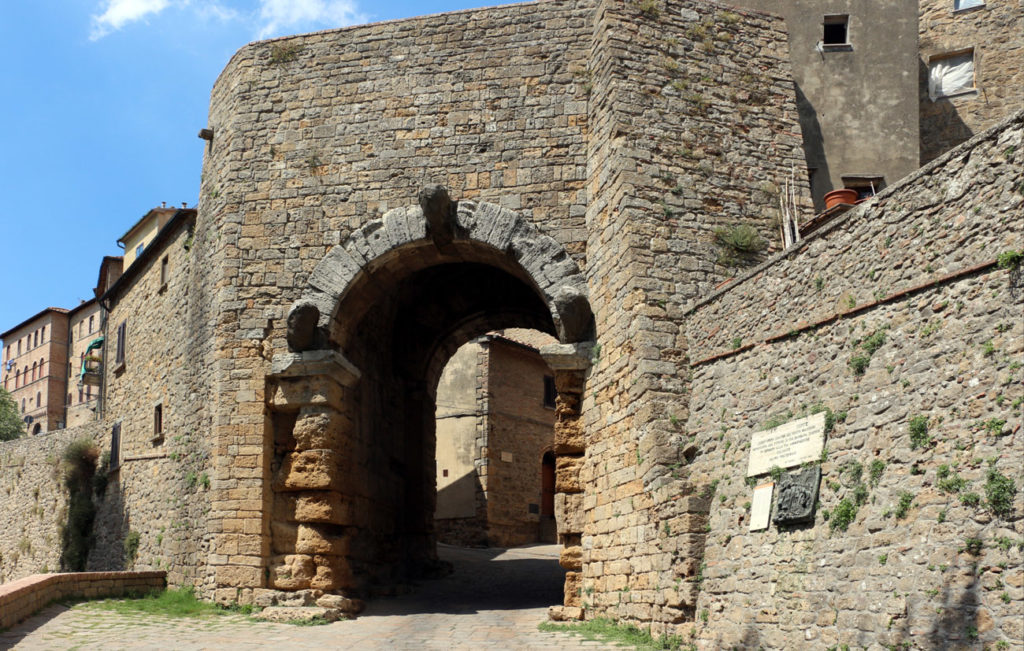
Porta all’Arco
Its urban layout refers to Etruscan origins, in fact you can admire remarkable remains of that era such as the Porta all’Arco, whose sides are built with square blocks of local bench (typical stone of Tuscany), which form a kind of large rectangular corridor covered by a brick vault; the Etruscan Acropolis, the main center of ancient Velathri, besides being the highest part of the city, was also the most fortified place, where the most precious temples and all the buildings that served the social and religious organization of the city were located.
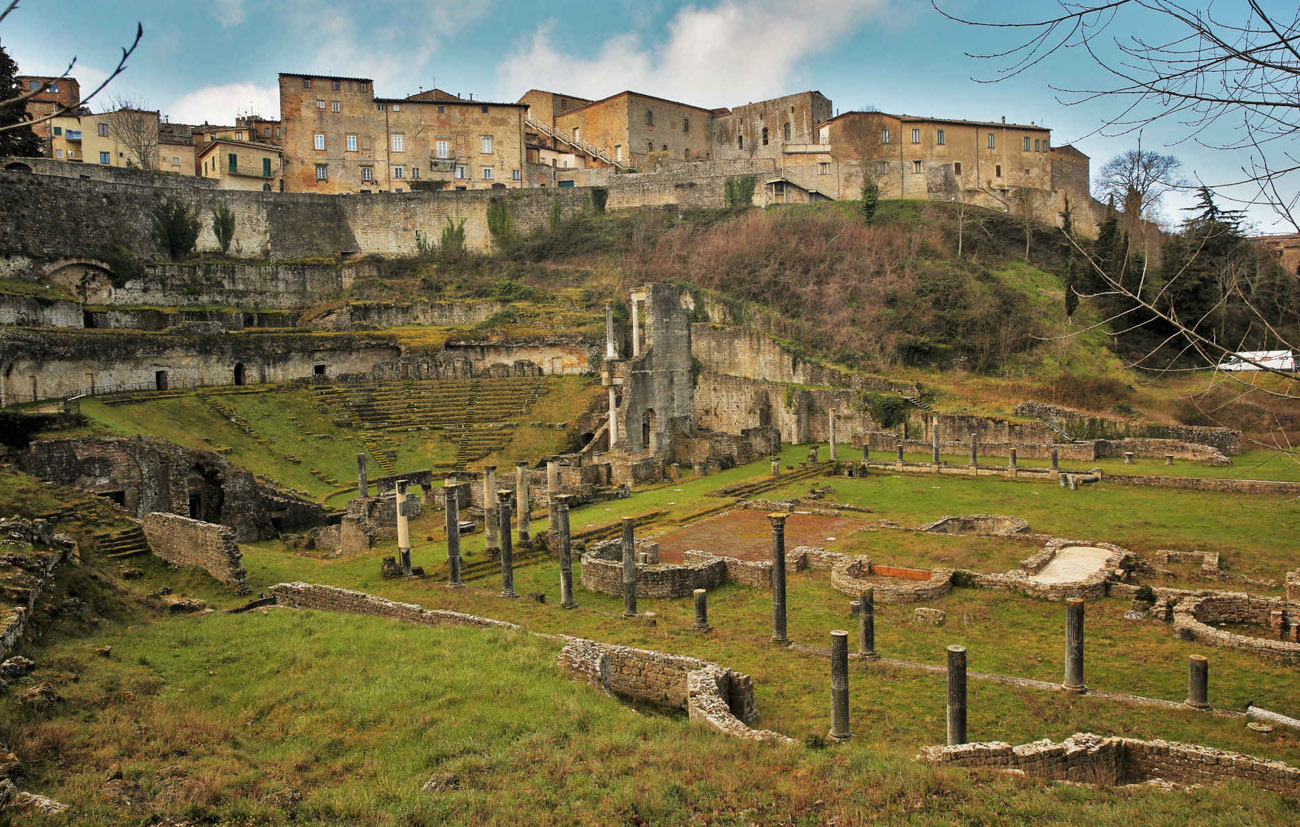
Etruscan Acropolis
There are also many traces of Roman domination that can still be visited, such as the fascinating Roman Theater of the 1st century BC.
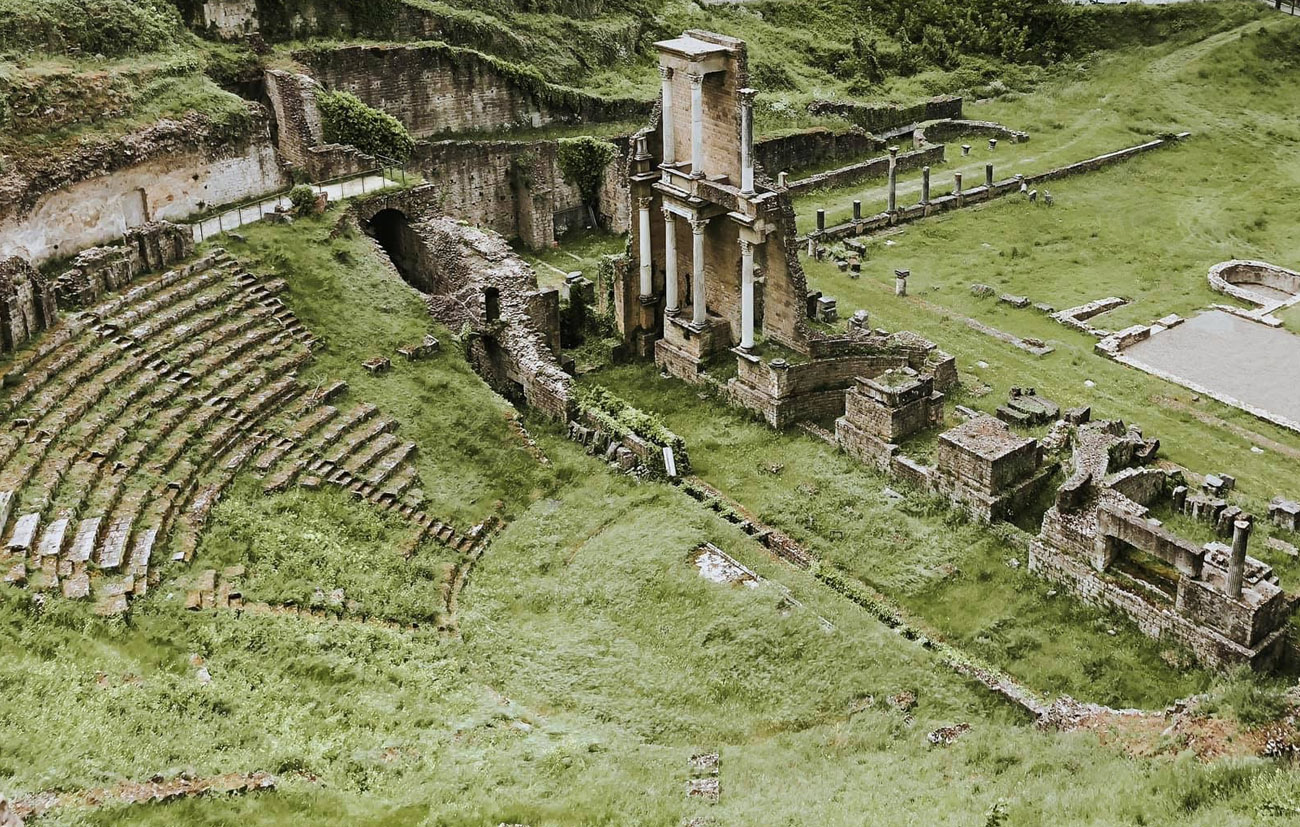
Roman theatre
The city is also characterized by its medieval appearance. Enclosed within the thirteenth-century walls, it offers an interesting architecture, including the fascinating Piazza dei Priori, where you can see the namesake palace of 1208, now home to the municipal offices, one of the oldest in Tuscany.
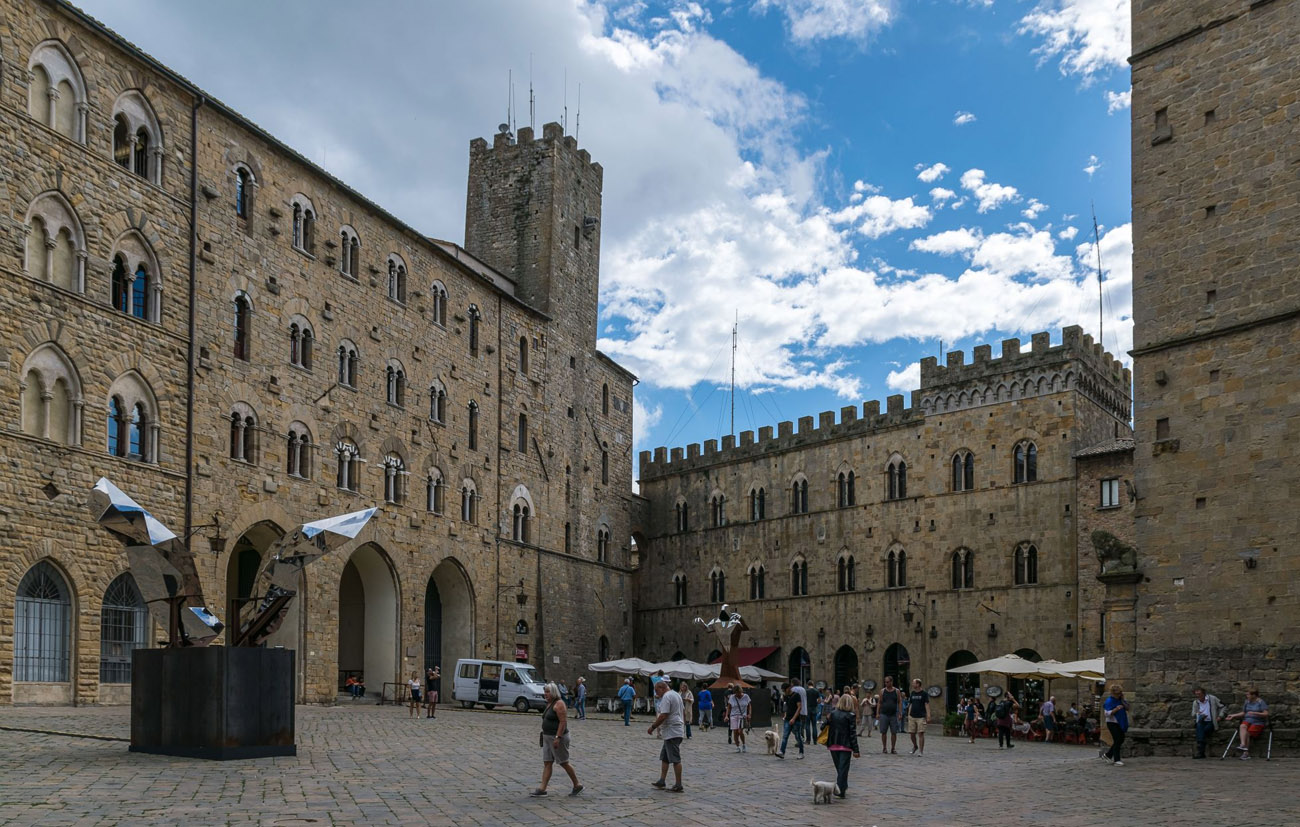
Piazza dei Priori
Opposite it is possible to admire the Palazzo Pretorio (at present in the nineteenth century), which houses some municipal offices and the police station. Interesting is the Torre del Porcellino, which has witnessed the follies of past centuries and continues to be a spectator of everyday life.
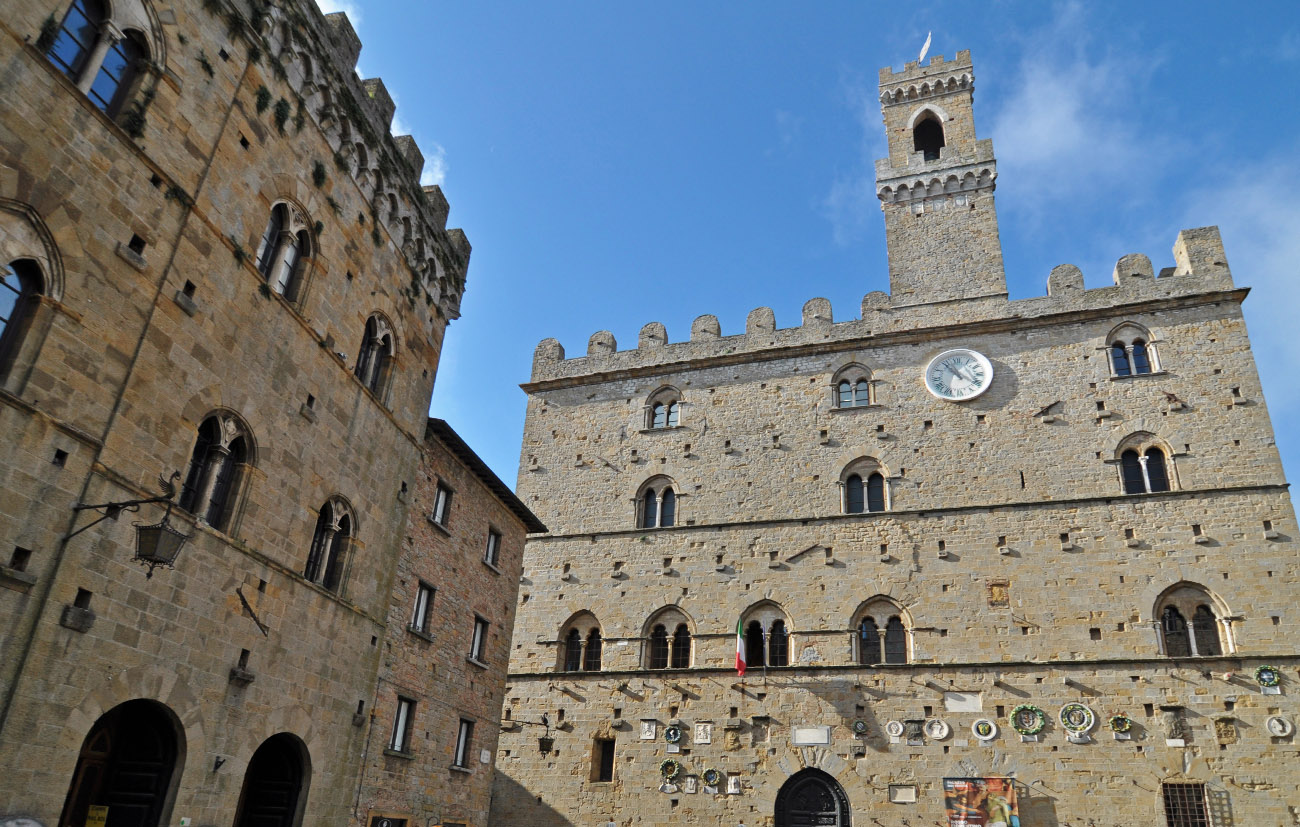
Palazzo Pretorio
From Piazza dei Priori, which is the civil center of the city, we proceed towards Piazza San Giovanni, which is the religious center. There are the Cathedral of Santa Maria Assunta and the Baptistery.
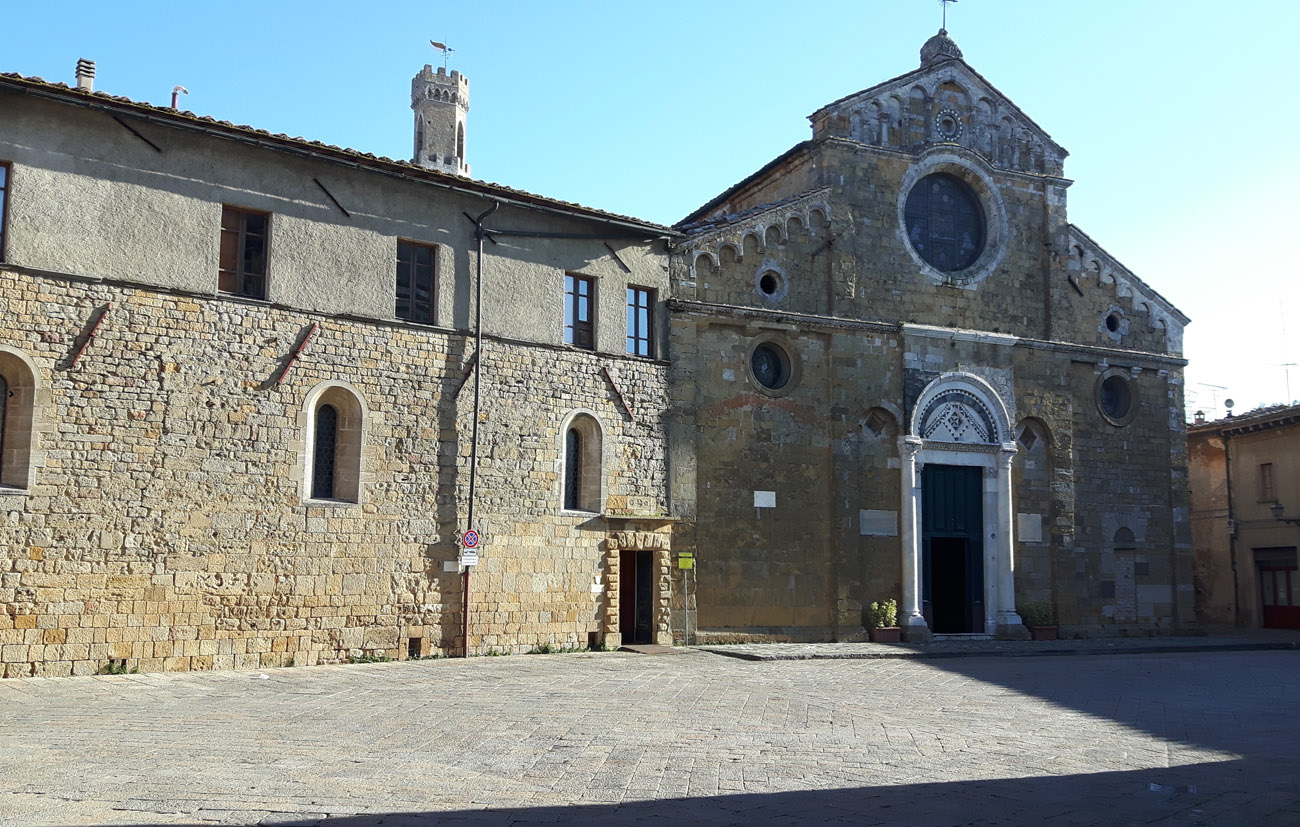
Piazza San Giovanni – Cathedral of Santa Maria Assunta
The Cathedral is an example of Tuscan Romanesque style with the facade attributed to Nicola Pisano. The interior has numerous chapels with remarkable works of art, for example the two polychrome terracotta statues by Giovanni della Robbia and the fresco representing the Cavalcata dei Magi by Benozzo Gozzoli.
The Baptistery, dedicated to San Giovanni Battista, with the main façade with alternating white and green marble bands, was built in the thirteenth century. The dome was probably designed by Filippo Brunelleschi. Without doubt the main work kept inside is the eighteenth-century baptismal font by Giovanni Vaccà.
If you are passionate about art, do not miss the Civic Art Gallery inside the Palazzo Minucci Solaini, built at the end of the 16th century, where you can see the famous Deposition from the Rosso Fiorentino Cross.
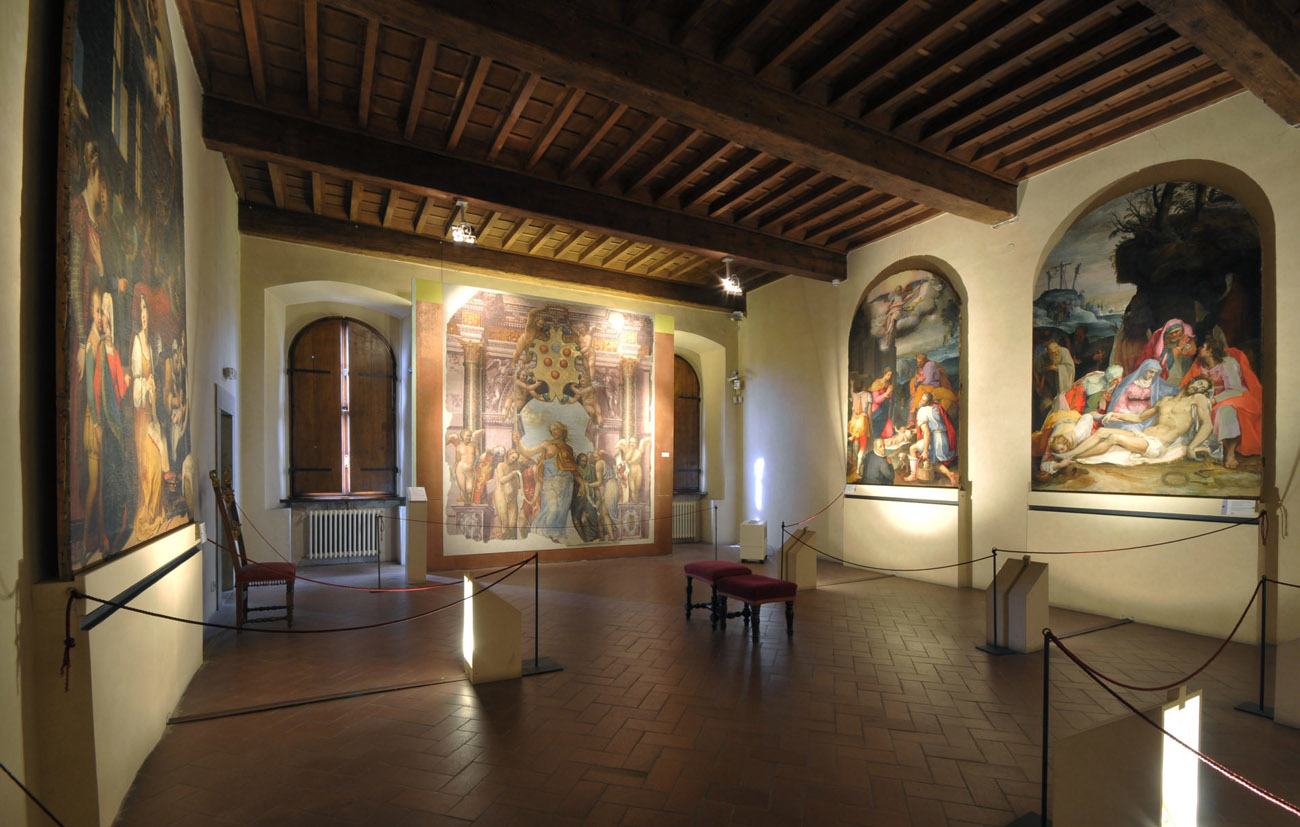
Civic Art Gallery
Also on this path is the Alabaster Ecomuseum. Alabaster is the traditional exclusive craftsmanship of Volterra. This ductile stone was exploited since the time of the Etruscans and had its splendor in the Renaissance period for its luminous transparencies.
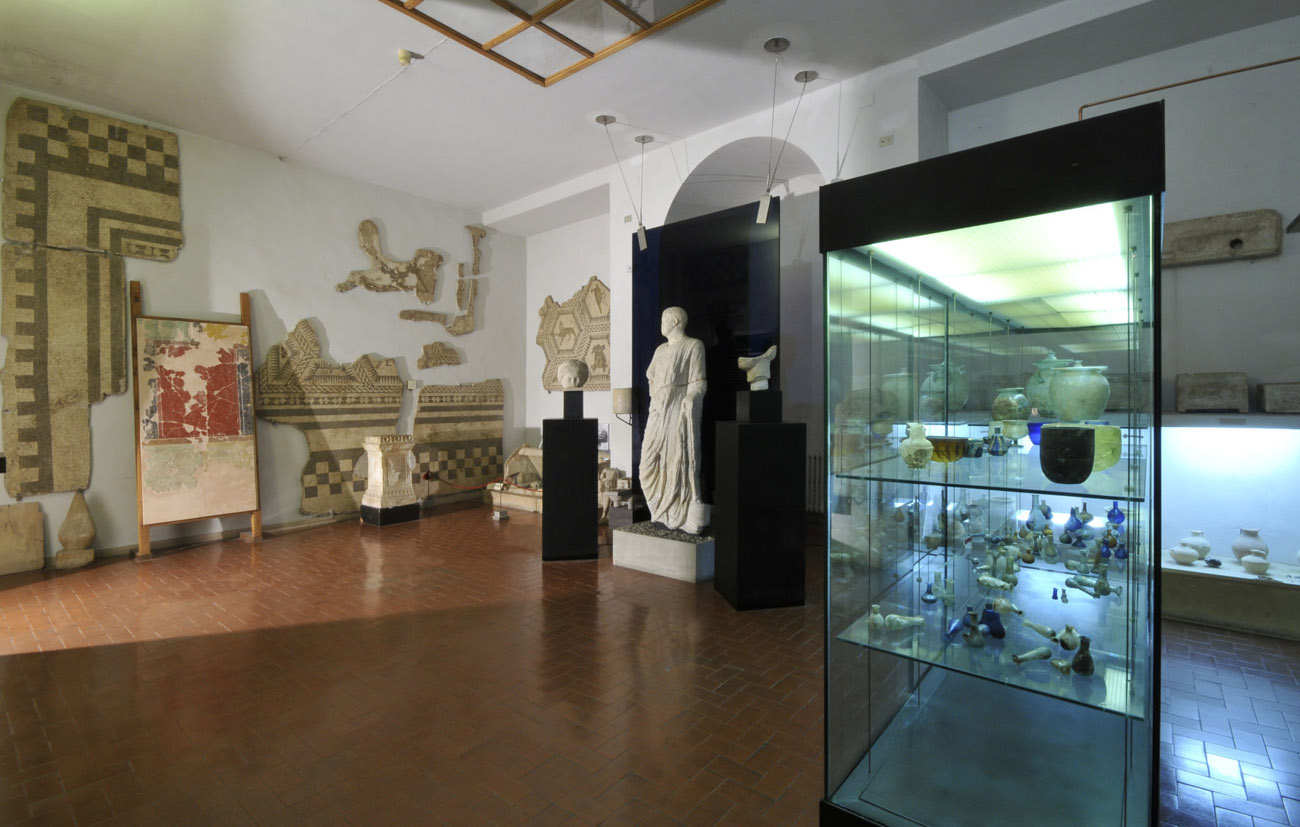
Ecomuseum of Alabaster
Volterra is also famous for vampires…. there is an interesting itinerary that allows you to retrace the events narrated in the highly successful cinematographic film: Stephenie Meyer’s Twilight Saga: the Volturi manhole and the Vampire Crypt. The first is located in Vicolo Mazzoni, the other is in Via dei Sarti, an ancient Roman, then medieval cistern, located in the basement of Palazzo Viti, which can be visited for free by accessing the restaurant of Le Cantine di Palazzo Viti.
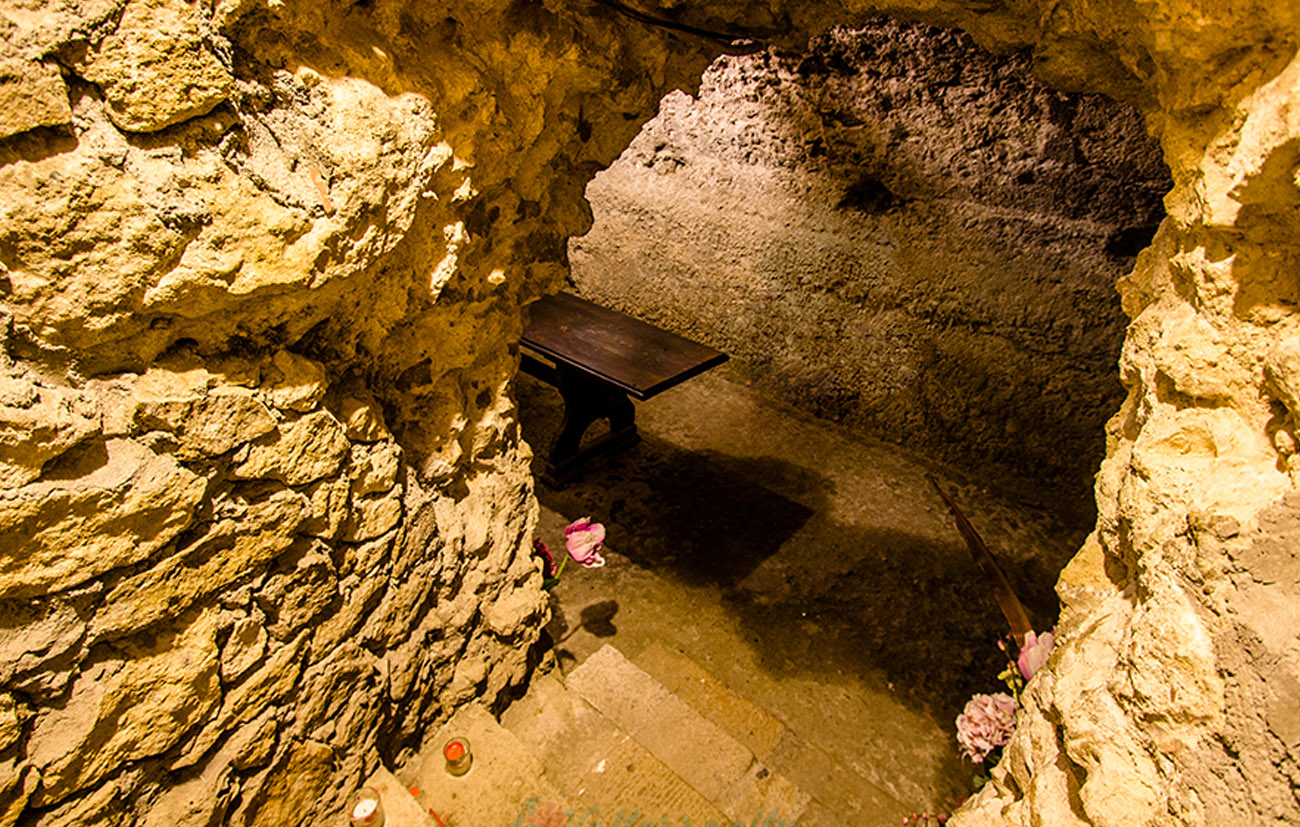
Cripta del Vampiro
Silvia Vecoli
Licensed Tour Guide in Siena, Florence and around Tuscany in English, Spanish, Portuguese and Italian.
Web: www.tuscanytours.holiday
E-mail: silviatuscanytour@gmail.com
Mobile (+39) 338 5814370
Facebook – Instagram








